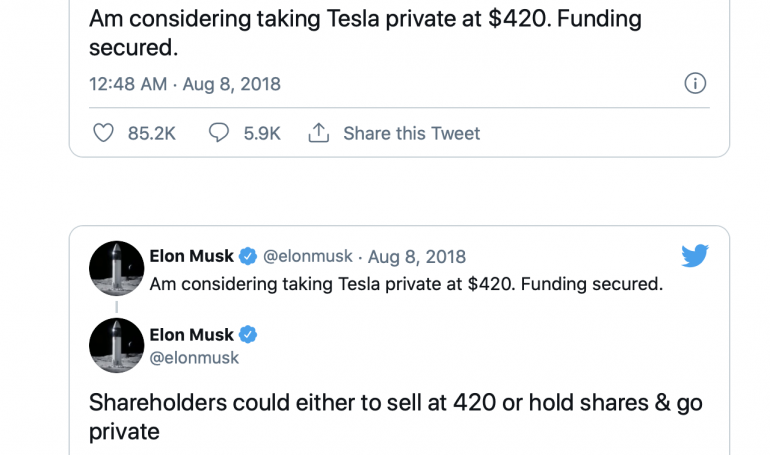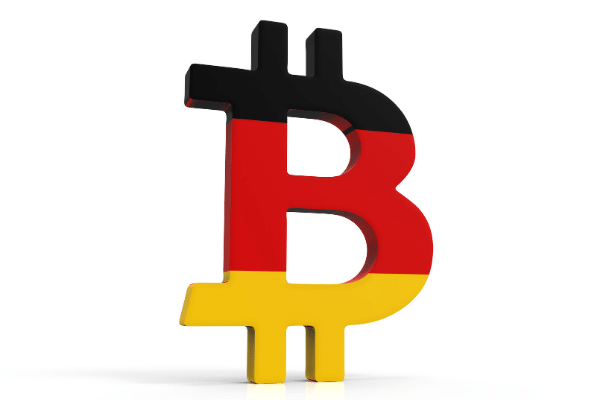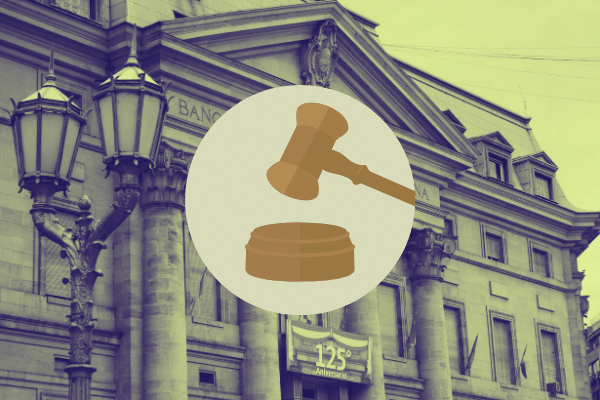Elon Musk’s significant influence over the price of Bitcoin has been both a boon and a bane for the cryptocurrency industry.
It’s been said that true power never need not be expressed overtly, but in the shadows. It’s why the Wizard of Oz operated from behind an emerald curtain, and former U.S. Vice President Dick Cheney was the most powerful man on earth whom very few actually knew about.
If you actually need to flex your muscles to demonstrate your power, than you’ve already lost, but good luck trying to explain that to the well-oiled muscled men on Venice Beach.
Which is why for the better part of a decade, the U.S. Securities and Exchange Commission (SEC) has held off on approving one of the dozen or so applications for a Bitcoin exchange traded fund or ETF, because it was impossible to determine if and when manipulation of Bitcoin’s price could or would occur from the shadows.
And while many Bitcoin maximalists may lament the SEC’s overabundance of caution, the regulator’s concerns are legitimate — ostensibly, a lot of Bitcoin is held in the hands of very few Bitcoin wallet addresses.
By one estimate, as much as 40% of Bitcoin is held in the hands of perhaps no more than 1,000 users, according to Aaron Brown, a former managing director and head of financial markets research at AQR Capital Management.
Another estimate by Bloomberg states that 2% of accounts (I believe they mean digital wallets) control 95% of all Bitcoin.
Is Bitcoin really that concentrated?
One problem with these sensationalized reports that harp on the concentration of Bitcoin is that on a psychological level, they appeal to the conspiracy theorist in all of us — “Bitcoin is rigged!” — “Bitcoin is controlled by the Illuminati!”
But the other more significant issue with these reports is that they analyze Bitcoin across Bitcoin’s network addresses, leading to misleading statistics and a false narrative that Bitcoin really is in the hands of the Freemasons.
First, not all Bitcoin addresses should be treated equal — for instance, an exchange address holding the funds from millions of users needs to be distinguished from an individual’s self-custody address.
For instance, an institutional custodian holding Bitcoin for family offices or hedge funds may look like a whale on the network level, but could be controlled by an army of anchovies behind the scene.
Second, a Bitcoin wallet address is not an “account” the way one has such things with a bank — a single user can control multiple Bitcoin wallet addresses, sometimes referred to as “smurfing” and one address can also hold the Bitcoin of multiple users, also known as “pooling.”
In fact, as of January 2021, according to research from Glassnode, a blockchain data supply company (full disclosure, Novum Alpha is a client), over the course of 2020, the Bitcoin supply held by single Bitcoin wallet addresses has increased considerably, suggesting an inflow of institutional investors, but the concentration in so-called individual whales, which matters much more for price manipulation, has actually decreased.
Using a variety of heuristics and advanced clustering algorithms, Glassnode has been able to identify with relatively high confidence, which cluster of addresses are controlled by the same participant — the network entity.
Knowing which Bitcoin network entities control which addresses allows Glassnode to paint a picture for the upper bound for the actual number of network participants, and therefore gives us a better understanding of the true figures behind allegations of concentration and cornering.
According to Glassnode, as of January 2021, the biggest non-exchange entities together control around 31% of the Bitcoin supply, and are mostly institutional investors, hedge funds, custodians, OTC desks, family offices and high net worth individuals.
These “whales” are likely to be long term holders or “hodlers” if you prefer, of Bitcoin — and not the sort of counterparties that are typically associated with market manipulation.
From there, Glassnode surmises that around 2% of network entities control around 71.5% of all Bitcoin, which is a far cry from the Bloomberg estimate of 95%, but not reassuring.
Time to Concentrate
Concentration of Bitcoin holdings with whales is a cause for concern because as Captain Ahab will attest, a whale makes one heck of a splash — if a single whale were to dump a sizeable amount of their Bitcoin holdings, the price of Bitcoin could fall and that whale could profit from it.
The way a whale could potentially manipulate the Bitcoin market is to buy a large number of bearish put options (the right to sell Bitcoin at a pre-determined price) then sell down the underlying Bitcoin (especially if that Bitcoin was acquired at very low prices) and make a fortune as the market crashed, cashing in on those put options.
And that’s why the SEC is so concerned about manipulation and concentration.
But if the SEC is really concerned about whales manipulating the market, then they should take a closer look at the whale that’s hosted Saturday Night Live.
From the time Elon Musk announced that Tesla had purchased some US$1.5 billion worth of Bitcoin as part of its treasury management, Tesla became a quasi-whale of the Bitcoin market, even though the estimated 43,000 Bitcoin purchased at the time represented perhaps no more than 0.23% of the circulating supply of Bitcoin.
In Glassnode terms, Tesla would barely register as a minnow, let alone a whale.
Yet that’s besides the point.
If the primary concern over concentration is manipulation, Tesla’s highly publicized and high profile purchase of Bitcoin gave Musk the Minnow, whale-like powers.
With 55.5 million Twitter followers, Elon Musk commands a significant following on social media and Twitter is one of the key hangouts for crypto-bros.
But followers aside, Musk also drives plenty of engagement from his tweets, making his views expressed through the social media platform far more influential than the absolute number of followers he has, would suggest.
And Musk has used those whale-like powers before.
On August 7, 2018, Musk tweeted that he could take Tesla private at US$420 a share, a substantial premium to its US$68.77 that the share opened at for that day, and a tweet which saw the price of Tesla soar to US$75.91 by the market’s close.
And Musk tweeted on, that funding to take Tesla private for the (at the time) astronomical price of US$420 had already been secured, with all that was needed next was a shareholder vote.

Musk’s shenanigans raised the ire of the SEC, which promptly moved to censure the tweet-happy CEO and brought charges for securities fraud against him, which were eventually settled by September 29 of that same year.
And Tesla’s shares eventually fell back to around US$68 just over a week after Musk’s initial tweet, closing at US$67.74 by August 16.
But the episode served as a lesson to Musk in the powers of manipulation — a power he would no longer be able to meaningfully exercise when it came to Tesla’s share price, until now.
With Great Power Comes Great Temptation to Tweet
When Tesla announced in February this year that it had purchased some US$1.5 billion worth of Bitcoin, cryptocurrency maximalists cheered.
Finally, here was the living embodiment of Ironman, Elon Musk, come to back the currency of the future.
But wait, Musk had more, not only had Tesla bought Bitcoin, the vehicle of the future, Teslas themselves, could soon be paid for with the currency of the future — Bitcoin.
News of Tesla accepting Bitcoin for its electric vehicles set off a rally in Bitcoin which saw it soar to fresh all-time-highs, coming as close to US$65,000 at one point before pulling back.
But by May, Musk had apparently cooled on Bitcoin, talking up the meme cryptocurrency Dogecoin instead and leaving investors wondering if Musk was ever genuinely serious about cryptocurrencies to begin with.
Then over the course of a weekend, Musk abruptly declared that Tesla would no longer be accepting Bitcoin for its electric vehicles, because of the cryptocurrency’s massive energy needs and possibly significant, carbon footprint.
Those tweets were enough to send Bitcoin in a tailspin and over the course of this week, saw Bitcoin plummet to as low as US$30,000 at one stage before recovering just as sharply.
And guess what Musk did in the aftermath of the flash crash?
You guessed it — he tweeted some more.
First tweeting that Tesla had “diamond hands” which in the crypto-bro parlance meant that Tesla would not sell its Bitcoin holdings regardless of market conditions, and then tweeting that Bitcoin could possibly be more green if only its mining activities were properly audited.
Bitcoin immediately recovered some lost ground in the aftermath of those tweets, as did Tesla’s stock.
If it were any other asset class, tweets of the sort that Musk has been putting out (e.g. suggesting that a publicly-listed U.S. company was not selling a specific asset) would invite scrutiny from the SEC.
The problem is that the SEC hasn’t yet exercised its full jurisdiction over Bitcoin or cryptocurrencies.
Yet if the primary objection that the SEC has against approving a Bitcoin ETF is that Bitcoin can be manipulated by a few whales — then the whale that is quite possibly manipulating Bitcoin’s price is hiding and tweeting in plain sight.
The only thing is this whale doesn’t even own all that much Bitcoin to qualify as anything more than a minnow.




